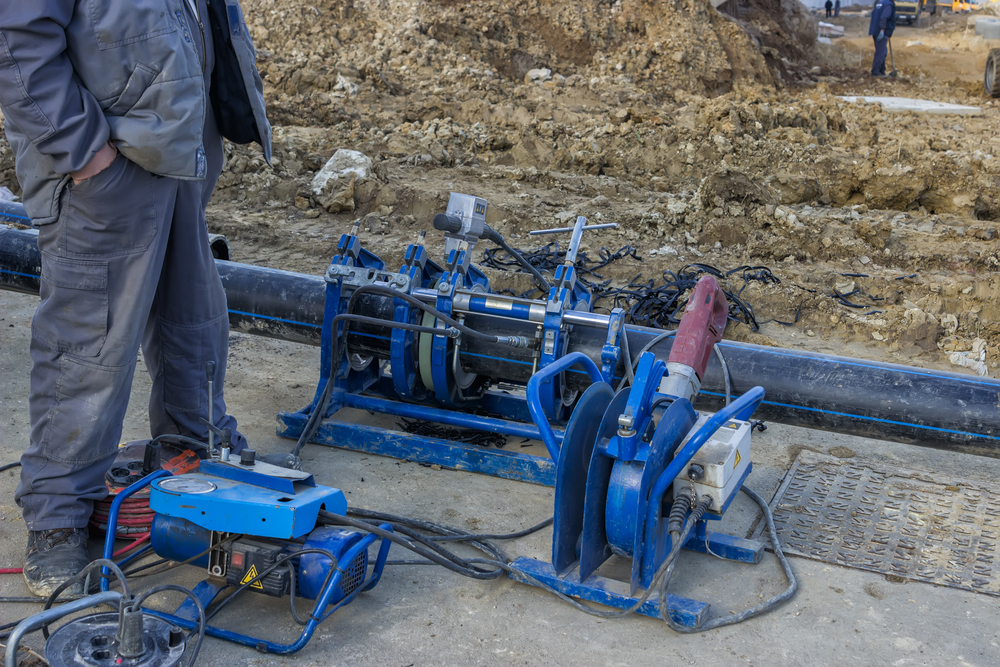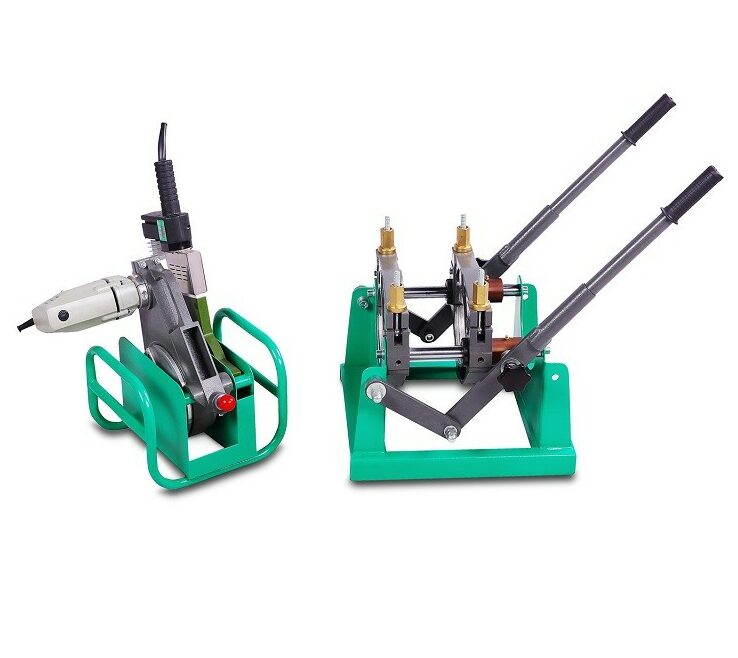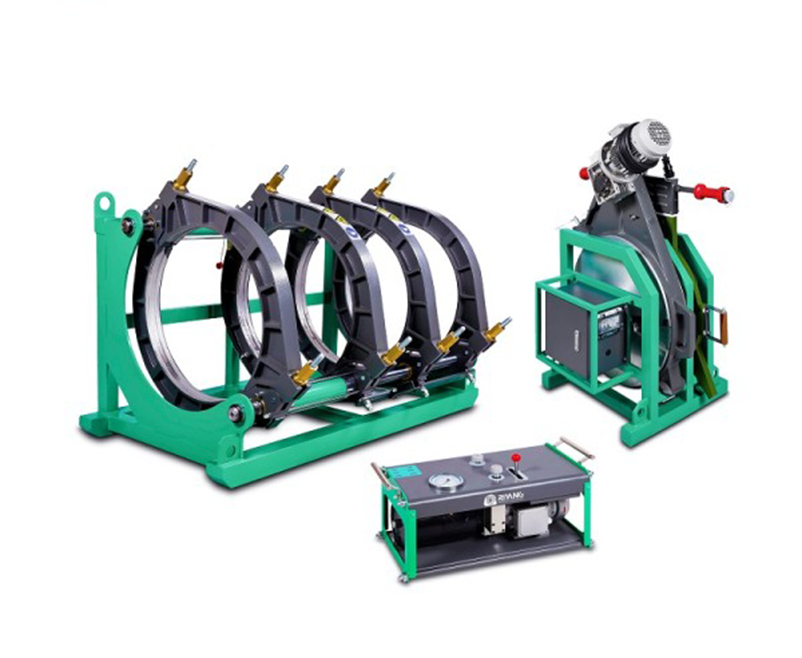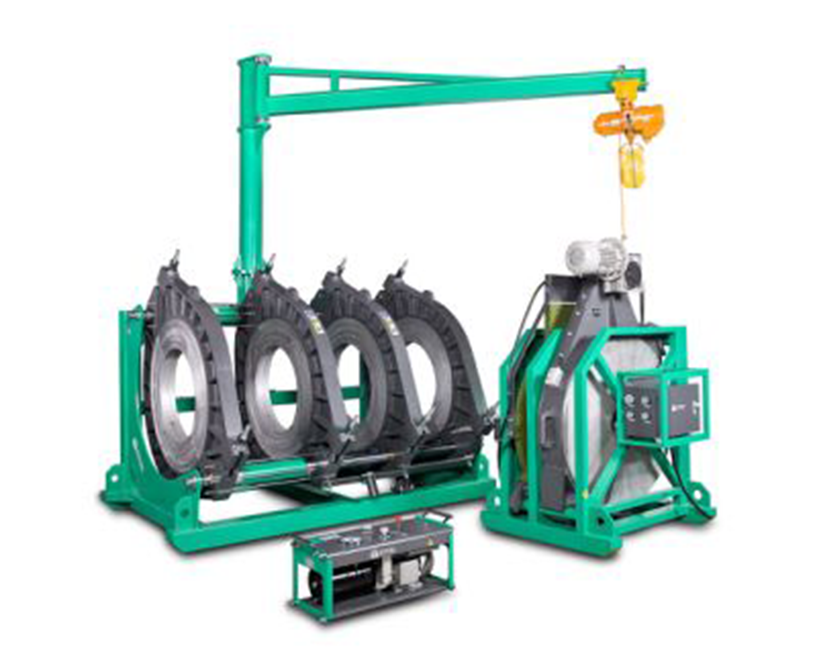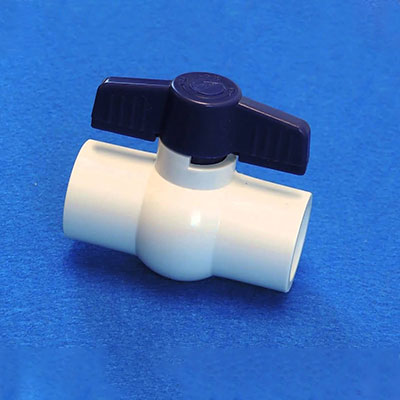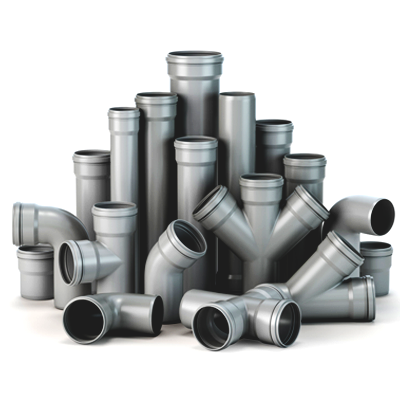
Butt fusion is the easiest way to join thermoplastic
Strong Connections, Stronger Results.
Butt Fusion: The Ultimate Solution for Strong and Reliable Connections
Butt fusion is a thermal welding technique that involves melting the ends of two thermoplastic pipes or fittings and joining them together. This process creates a permanent, strong, leak-free connection between the two pieces. Butt fusion is widely used in industries such as water treatment, gas distribution, and mining due to its ability to produce high-quality joints that can withstand extreme temperatures and pressures.
One of the main advantages of butt fusion is that it produces seamless connections without the need for additional materials or adhesives. This makes it an efficient method for joining pipes in large-scale projects. Additionally, butt fusion creates joints that are highly resistant to corrosion, chemicals, and environmental stressors like UV rays or fluctuations in temperature. However, there are also disadvantages, such as the need for specialized equipment and trained personnel to perform the weld properly.
Butt Fusion Basics
Butt fusion is a popular method of joining two pieces of thermoplastic pipes and fittings. It involves heating the ends of the pipes and then pressing them together to create a permanent, leak-proof joint. There are two types of butt fusion: manual and machine. While both methods share similarities in their processes, they differ in application.
Manual butt fusion is typically used for smaller-diameter pipes and fittings, usually up to 2 inches in diameter. This process requires specialized equipment consisting of a heating plate and clamps to hold the pipe ends together during welding. The operator must manually control the heating time and apply pressure to ensure proper fusion. Manual butt fusion is commonly used in residential or commercial plumbing applications, such as connecting water supply lines or drainage systems.
In contrast, machine butt fusion is used for larger-diameter pipes and fittings, requiring higher precision and consistency levels.
Types of Butt Fusion
Butt fusion is joining two thermoplastic pipes or fittings together by heating both surfaces until they melt and then pressing them together. There are two types of butt fusion: manual and machine. Manual butt fusion is typically used for smaller-diameter pipes and fittings, while machine butt fusion is used for larger ones.
Manual Butt fusion requires a skilled technician to operate a handheld heating tool that heats the ends of the pipe or fitting until they reach their melting point. Once melted, the technician then hands the two pieces together and holds them in place until they cool down enough to form a strong bond. This method is often preferred for smaller-diameter pipes because it’s more cost-effective, portable, and flexible in tight spaces where machines cannot fit.
Advantages of Butt Fusion
- Strong and Leak-Free Connections: Butt fusion produces joints as strong as the pipe and completely leak-free.
- Chemical Resistance: Butt fusion joints are highly resistant to chemicals and environmental factors, making them suitable for various applications.
- Low Maintenance: Once the joint is created, it requires little to no maintenance.
- Cost-Effective: Butt fusion can be a cost-effective joining solution for larger-diameter pipes and fittings.
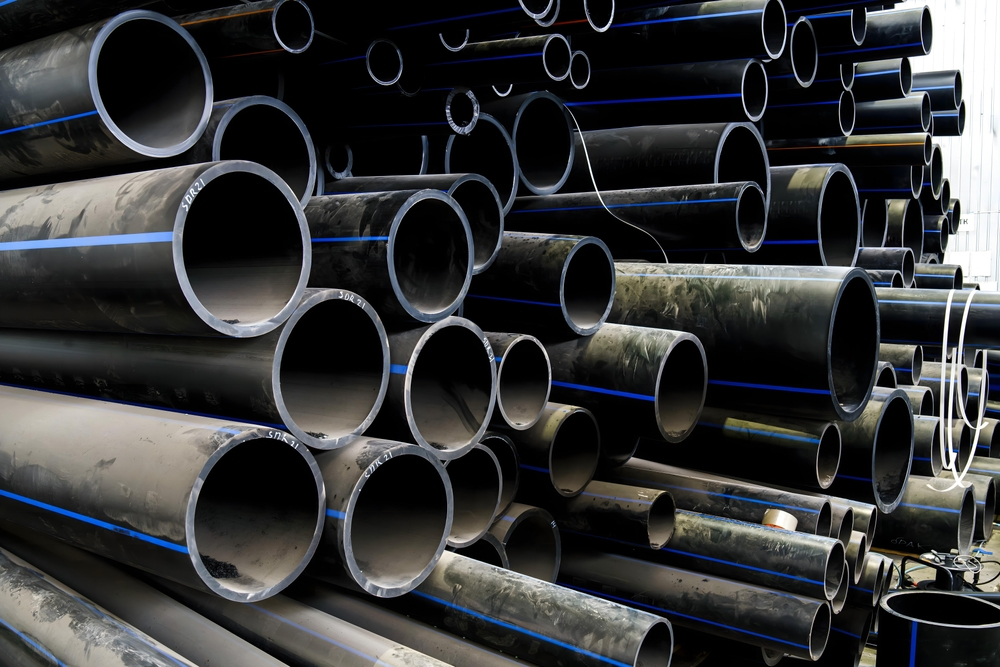
Preparing for a Butt Fusion Weld
Before starting the butt fusion process, properly preparing the pipes and fittings is important. This includes:
- Inspecting the Pipes and Fittings: The pipes and fittings should be inspected for any damage or defects that could impact the joint’s strength.
- Cutting the Pipes and Fittings: The ends of the pipes and fittings should be cut square to ensure proper alignment during welding.
- Cleaning the Pipes and Fittings: The ends of the pipes and fittings should be cleaned thoroughly to remove any dirt, grease, or debris.
Performing a Successful Butt Fusion Weld
A successful butt fusion weld requires proper equipment, technique, and training. Here are the basic steps for performing a butt fusion weld:
- Set up the Equipment: The welding machine should be set up according to the manufacturer’s instructions.
- Align the Pipes and Fittings: The pipes and fittings should be aligned using alignment clamps to ensure proper alignment during welding.
- Heat the Pipes and Fittings: The heating element is then placed between the two ends of the pipes or fittings and heated until they reach a molten state.
- Join the Pipes and Fittings: The two ends are joined together, and pressure is applied to the joint until it cools and solidifies.
Conclusion: Effective Joining Technique
Butt fusion is a highly effective and reliable joining technique for thermoplastic pipes and fittings. It creates strong, leak-free joints that are highly resistant to environmental factors and require minimal maintenance. While the process requires proper equipment, technique, and training, it can be cost-effective for larger-diameter pipes and fittings.
Hydroplast offers a wide range of butt fusion machines and accessories that provide reliable and consistent results. Contact us today to learn more about our products and how they can benefit your business.
-
Five reasons your next piping project needs adjustable pipe supports
Adjustable pipe supports can save you a lot of time, money, and headaches on your next project, as they are designed to withstand and endure any changes your piping may need. Before jumping into why adjustable pipe supports will


